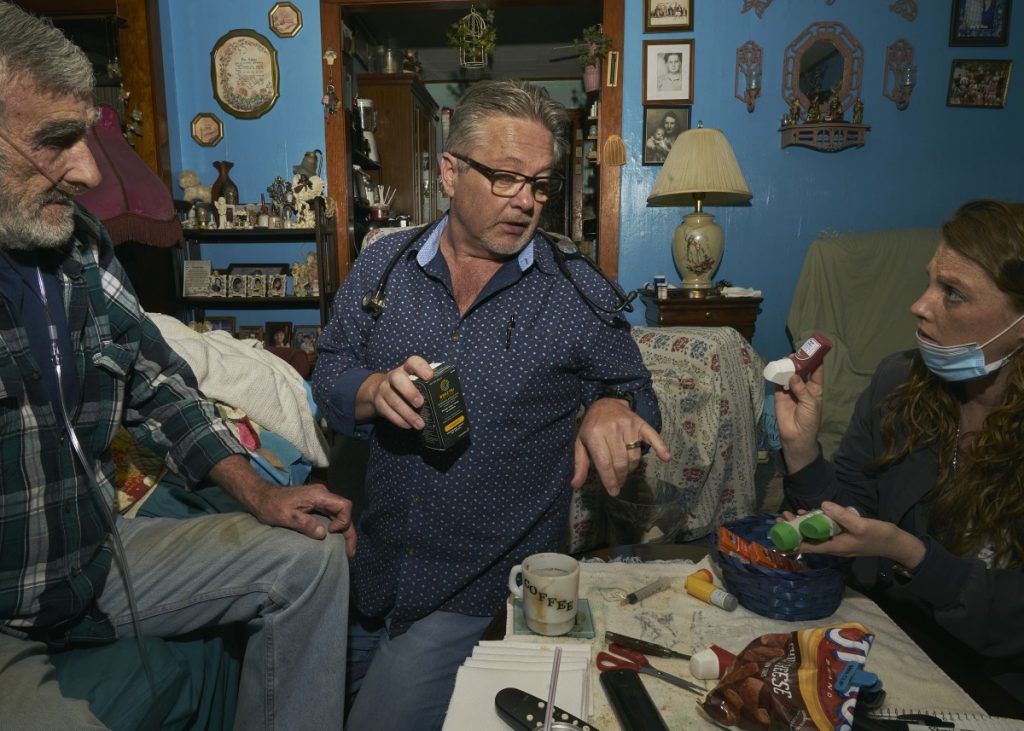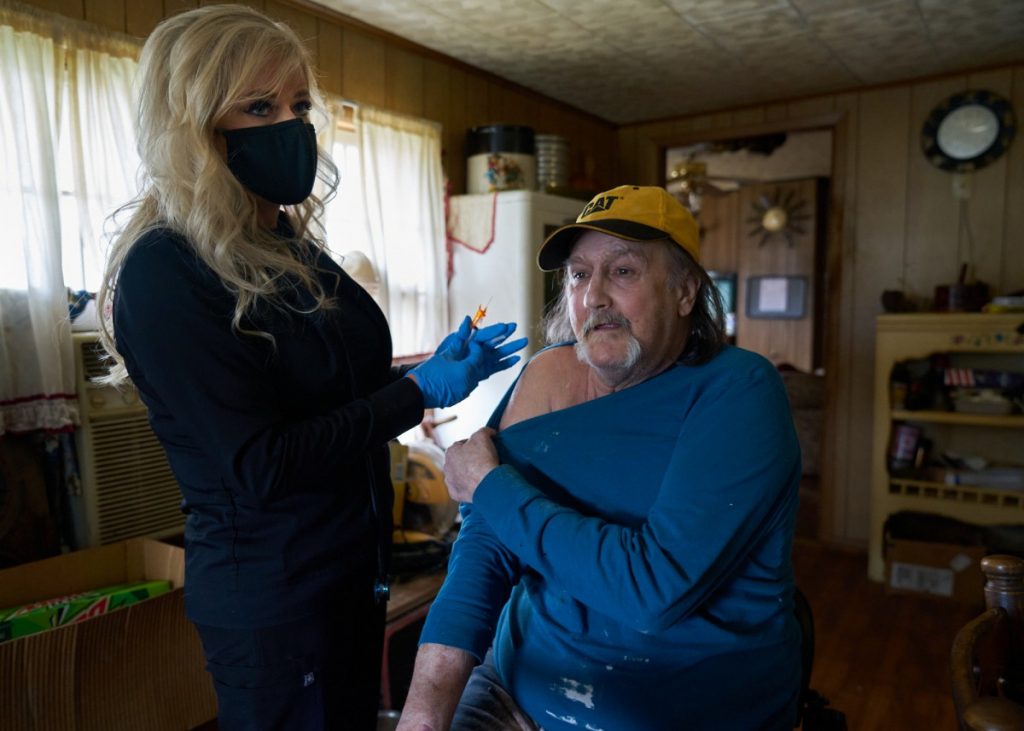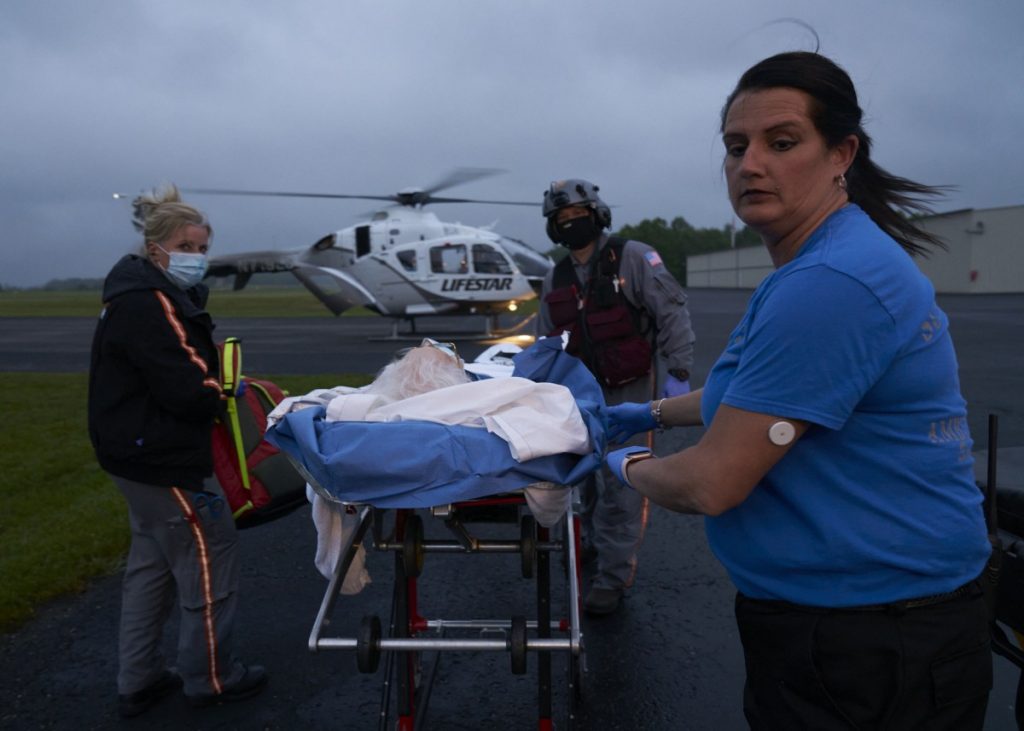A global pandemic has increased the financial struggles that already existed for rural hospitals. These Appalachian communities are exploring alternative paths forward.
Since 2010, 138 rural hospitals across the country have shut down. With the precipitous drop in revenue throughout the pandemic, many more are now in jeopardy.
Hospital closures are both a symptom and a cause of the deteriorating condition of rural health care and of rural economies. The first consequence of a hospital closure is the loss of the emergency room. Access to specialty care is diminished. Then there’s the economic ripple effect. In many rural communities, the hospital is the biggest employer; tax revenue plummets, other businesses suffer.
Critical Condition is a three-part series documenting the impact of hospital closures on rural Appalachian communities in the wake of COVID-19. It’s a partnership of 100 Days in Appalachia, National Geographic and the Economic Hardship Reporting Project.
In it, we visit West Virginia’s Mingo County, a county facing considerable health care challenges. It’s ranked as the second-least healthy in a state that’s consistently found at or near the bottom in health outcomes, and its hospital has been closed since the early days of the pandemic. New ownership is now preparing to reopen Williamson Memorial Hospital – while taking every measure to keep people out of it.
Next, we travel to the rural, remote, southwestern-most counties of Virginia, where two hospital systems that were previously competitors merged to form Ballad Health. With any hospital merger or acquisition in a region with both rural and urban populations, there’s a fear that those most in need, those in the most remote communities, will be ignored, but Ballad is attempting to prove they have the health of those vulnerable populations at the forefront of their minds while working to rebuild the trust previous employers – both in and outside of the health care sector – destroyed.
The final installment of the series is set in a run of Tennessee counties along the state’s Kentucky border. There, a Florida-based hospital system has closed two of the three hospitals it operated in the region and the third is in a tenuous state, down to a single doctor who’s literally moved into the hospital to be available at a moment’s notice.
But despite all of these challenges, rural communities are finding ways to adapt and provide care through alternative avenues, making sure needs of their communities are being met out in the community through resourcefulness and creativity.
These are important stories to tell – important as cautionary tales, yes; but more importantly, as inspiration for what collective grassroots commitment can accomplish.
This project was funded by the National Geographic Society. It also had financial support from the Economic Hardship Reporting Project.
Explore the Series Below:




